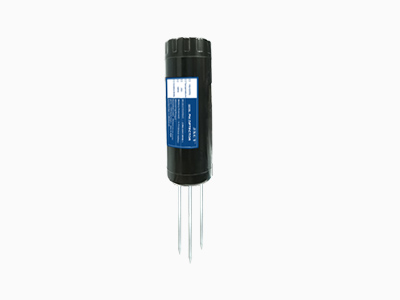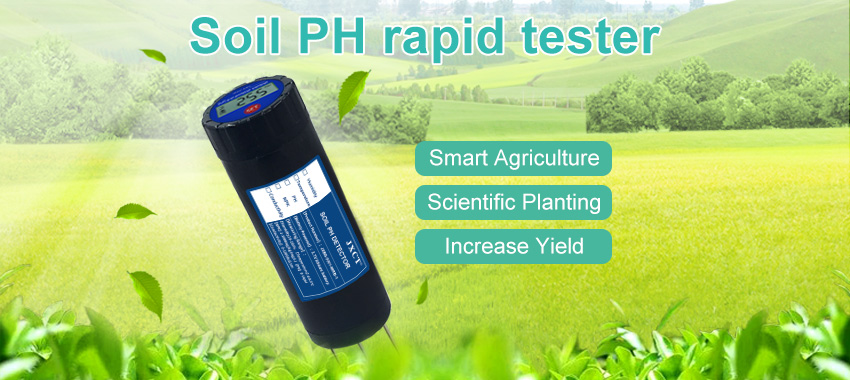Soil sensors are essential tools used in various industries and research fields to monitor and analyze soil conditions. These sensors come in different types and have varying features and capabilities. In this article, we will explore the differences in soil sensors and their applications.

Soil Moisture Sensors:
One of the most common types of soil sensors is the soil moisture sensor. These sensors measure the amount of water present in the soil. There are several types of soil moisture sensors, including gypsum blocks, TDR (Time Domain Reflectometry) sensors, and capacitance sensors. Gypsum blocks measure soil moisture based on changes in electrical conductivity, while TDR sensors measure soil moisture by sending electromagnetic pulses and measuring the time it takes for the pulse to return. Capacitance sensors use changes in the dielectric properties of the soil to measure moisture levels. Soil moisture sensors are widely used in agriculture, landscaping, and environmental monitoring to optimize irrigation schedules and prevent over or under-watering.
Soil Temperature Sensors:
Soil temperature sensors measure the temperature of the soil at various depths. These sensors are crucial in agriculture to determine the optimal time for planting and to monitor soil temperature fluctuations. Soil temperature sensors can be placed at different depths to understand the thermal profile of the soil. They can also be used alongside weather data to calculate heat units and predict crop growth and development. Additionally, soil temperature sensors are used in ecological research to study the effects of soil temperature on plant growth, microbial activity, and nutrient availability.
Soil pH Sensors:
Soil pH sensors are used to measure the acidity or alkalinity of the soil. They provide information on the soil’s chemical balance and its ability to support plant growth. Soil pH sensors use a combination of electrodes and chemical indicators to determine the pH level of the soil. These sensors are crucial in agriculture because soil pH directly affects nutrient availability to plants. Different crops have different pH requirements, and soil pH sensors help farmers adjust soil acidity or alkalinity through lime or sulfur applications. Soil pH sensors are also used in environmental monitoring to assess soil health and determine the impacts of pollution or contamination on soil quality.
Soil Nutrient Sensors:
Soil nutrient sensors measure the concentration of various nutrients in the soil, including nitrogen, phosphorus, potassium, and micronutrients. These sensors help farmers and researchers optimize fertilizer application and monitor nutrient levels in the soil. Soil nutrient sensors use various techniques, including ion-selective electrodes, optical sensors, and spectroscopy, to measure nutrient concentrations. By analyzing nutrient levels in the soil, farmers can apply fertilizers more effectively, reduce nutrient waste and environmental pollution, and improve crop yields.

Soil Salinity Sensors:
Soil salinity sensors are used to measure the concentration of dissolved salts in the soil. High soil salinity can negatively impact plant growth and productivity. Soil salinity sensors help farmers and land managers monitor and manage salt levels in the soil. These sensors use different methods to measure soil salinity, including electrical conductivity, ion-selective electrodes, and soil solution extraction methods. By monitoring soil salinity, farmers can implement appropriate irrigation practices, such as leaching, to manage salt build-up and maintain soil health.
Soil Compaction Sensors:
Soil compaction sensors measure the density and compaction levels of the soil. Compacted soil can impede root growth, water infiltration, and nutrient uptake by plants. Soil compaction sensors help identify areas of compacted soil, allowing farmers and land managers to implement appropriate measures to alleviate compaction, such as tillage or aeration. These sensors use various methods, including penetrometers, pressure plates, and cone penetrometers, to measure soil compaction.
In conclusion
soil sensors come in different types and serve various purposes in agriculture, environmental science, and research fields. Soil moisture sensors measure water content in the soil, while soil temperature sensors measure soil temperatures at different depths. Soil pH sensors provide information on soil acidity or alkalinity, and soil nutrient sensors measure nutrient concentrations. Soil salinity sensors monitor salt levels in the soil, and soil compaction sensors measure soil density and compaction levels. Understanding the differences in soil sensors allows users to select the most appropriate sensor for their specific needs and optimize their soil management practices.